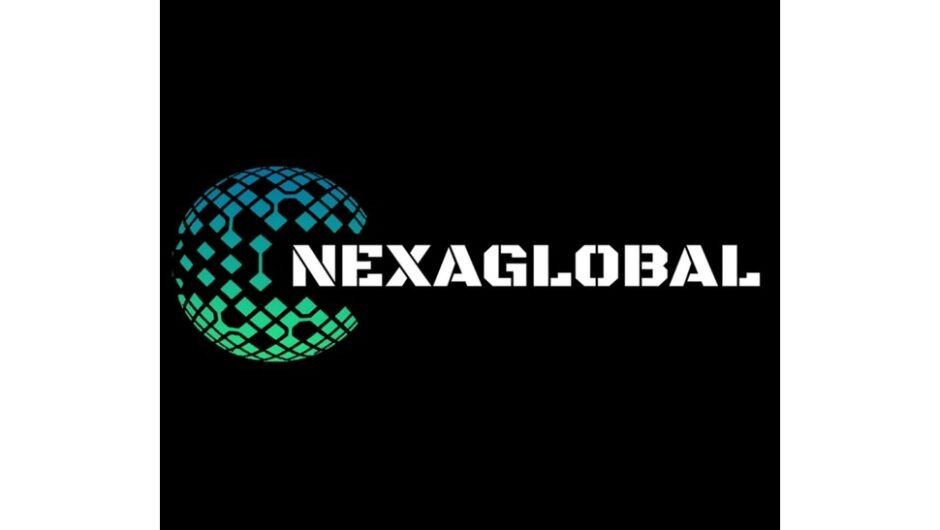NFT, non-fungible tokens, are digital creations, called tokens, which unlike coins are not fungible, that is, they are not all the same, but each of them is unique or rare. The first NFTs were together with the blockchain, but their diffusion has been slow to arrive.
They are specifically tokens that cannot be used for exchanges like other cryptocurrencies, but can represent digital artwork, music tracks and anything else that can be digitized. They allow for secure transactions even if they are anonymous, as the addresses of the seller and buyer are identified in encrypted form.
So we asked Jason Hsu (the cofounder of KryptoGO USA, a SaaS provider for affordable and lightweight KYC/AML solutions)
How to make your first NFT.
If you want to create an NFT, you don’t need any special knowledge about blockchain or cryptocurrencies, as you just need to set an image, video, audio file or any other type of files, which can present themselves in mp3, mp4, jpeg, bitmap formats, etc. So, for example, you can turn into NFT the unpublished composition of an amateur artist or an artistic photo taken on vacation. For it to be inserted on the blockchain, certifying the IP address of the person who created it, it is necessary to refer to a protocol designed for this purpose. The most widely used is on the Ethereum blockchain and is called ERC-721.
There are several sites specialized in NFT that require that the owner or creator of the NFT has a wallet that can be used with the same system.
Normally an Ethereum wallet that supports ERC-721 is required. Trust Wallet and Coinbase can also be used for this purpose. You must also have a certain amount of Ethereum, at least 100$.
At this point just click on the Create button of sites like Rarible or Opensea and follow the instructions on the screen. Basically you will need to create an account and upload the file. The site will transform the uploaded file into an NFT, which will then be placed on the blockchain, identifying the creator’s address and the identification data of the uploaded file in a cryptographic way.
The transaction will be validated on the blockchain just like when creating cryptocurrency and the file will become a token.
- Advantages and Disadvantages
For those interested in making money from their digital creations, being able to turn them into NFTs is a definite advantage. The blockchain provides a system to certify the owner in a simple and immediate way, which is much more complex in the real world. In addition, you are faced with an audience of people interested in digital objects, without having to get lost in the midst of so many other traditional type of objects for sale.
From the point of view of an investor, someone who wants to use NFTs as an investment, as if it were a trading operation, there are advantages and disadvantages compared to cryptocurrencies themselves. The earning potential with NFTs is unpredictable, as the value varies both due to variations in the underlying currency and interest in the digital object. Fluctuations and profit possibilities are amplified.
On the other hand, an NFT is a unique object, so there is the possibility that it may not meet the public’s preferences and may not be able to be sold or may have to be sold off to recover at least part of the investment.
Moreover, it is not a fractional investment: you have to buy it in its entirety, unlike cryptocurrencies that can be bought for any amount you want. Finally, the choice of the asset to buy is a matter of investor feeling and flair. Since each object is different from the others, one cannot rely on market trends to identify the assets, the time to buy or sell and at what amount. On the other hand, counter-parties will also have no reference points.
A final advantage you may have is that you can transfer ownership of your asset to anyone, even without payment of a fee, as a gift. This allows you to officially transfer a property without legal implications.
Follow Jason on Instagram
Topics #Jason Hsu #NFT










